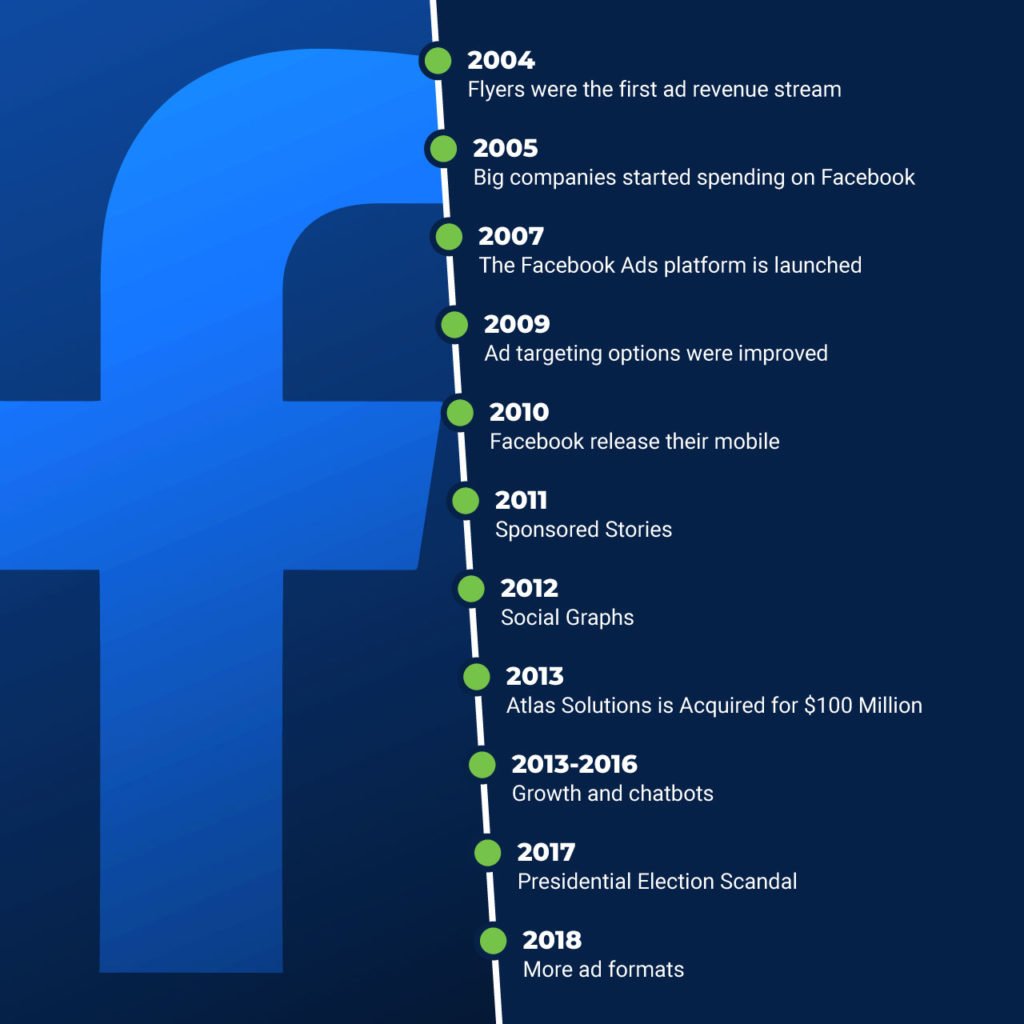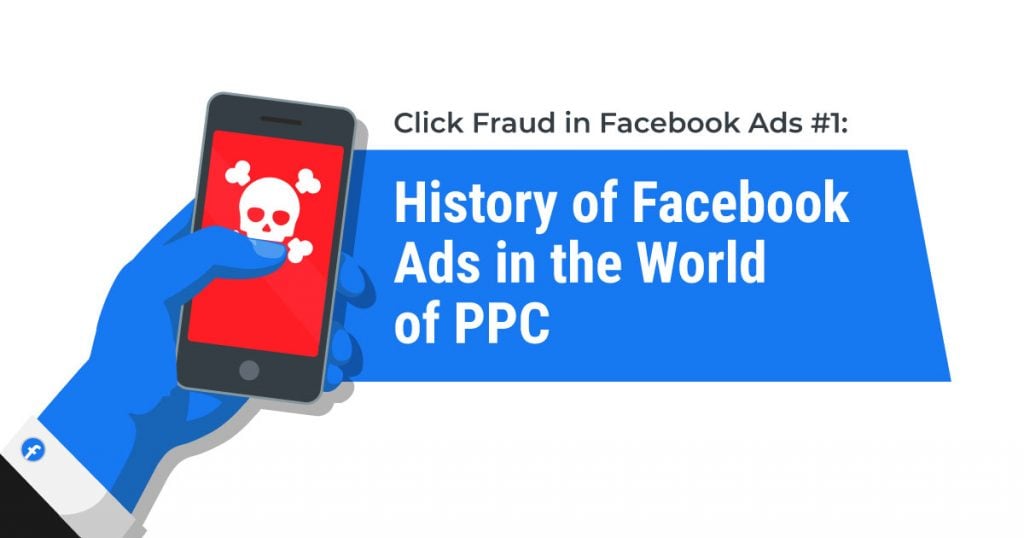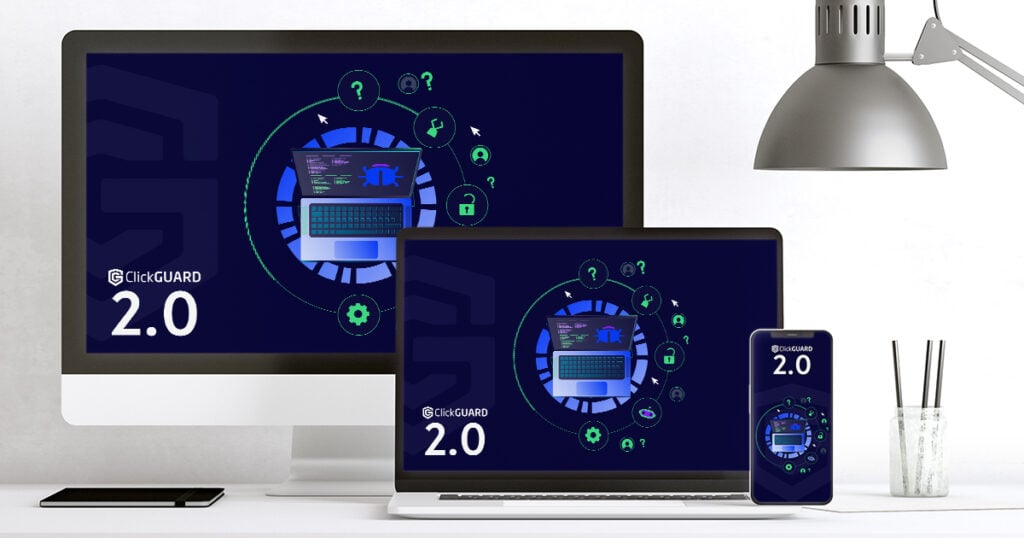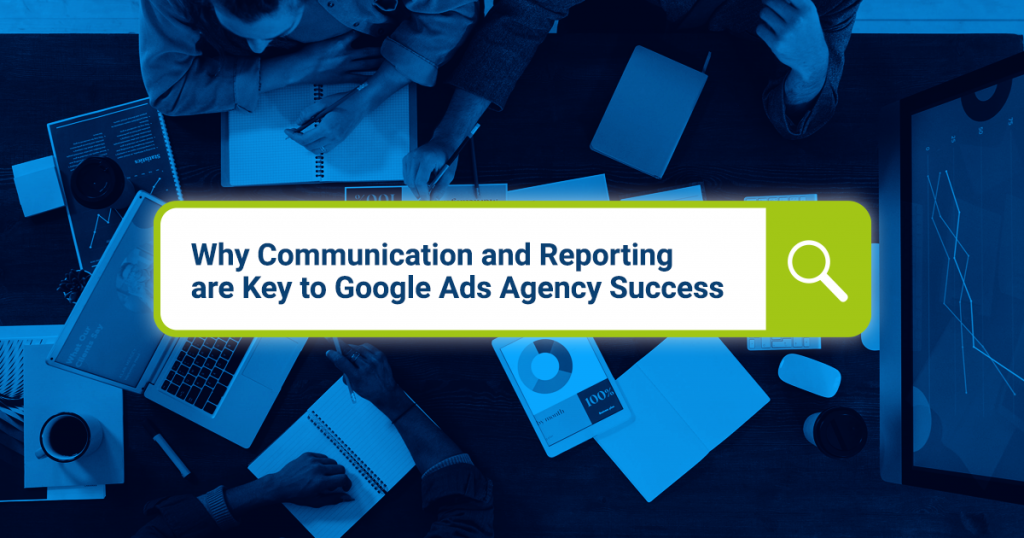Facebook, the global social media behemoth that’s used by 2.76 billion people daily, has had an interesting and controversial history. In fact, a 2010 movie called “The Social Network” is a biographical drama that showcases how founder, Mark Zuckerberg, brought the entity into being – a great watch (and a relatively good depiction of the beginnings of the history of Facebook ads)!
In this article series, we will be examining the platform’s history and how it introduced monetization strategies in the form of ads. Facebook, is the 3rd most visited website in the world and is ranked 2nd for the number of app downloads. The large audience size means the platform is a vital asset for marketers.
However, what are the problems with Facebook ads marketers should know about? We will touch on a few issues you should be aware of before going deeper down the rabbit hole. But first, let’s take a look at how Facebook started and the development of its ad network.

The Beginnings of Facebook as a Social Platform
Before launching Facebook, Mark Zuckerberg had gained vital experience on a relevant project called FaceMash. The website was based on the infamous “Hot or Not” game and it exploded to 450 visitors and 22,000 photos views within 4 hours of going online. Mark wrote the code for the website and ended up crashing campus servers, which got him in trouble with the Harvard administration.
Facebook launched as TheFacebook.com in February of 2004 while Mark was still a student at Harvard University. He launched the platform along with fellow students Eduardo Savarin, Andrew McCollum, Dustin Moskovitz, and Chris Hughes.
It was incorporated as a Florida LLC and the initial funding was sourced from Mark Zuckerberg, Eduardo Savarin, and a barebones advertisement service. During the Summer of 2004, the project secured an angel investment of $500,001 by venture capitalist Peter Thiel in exchange for 10.2% of the company. The next big investment wasn’t until April of 2005 when $12.7 million was agreed upon by Accel Partners.
Facebook was initially an idea based on creating a platform where university students could connect and interact. Eventually, the company grew and branched to offer services to virtually anyone in the world. In the beginning, it was not a major advertisement platform or full of features. For instance, the “like button” was only introduced in 2008.
So how has Facebook developed to become one of the top advertisement channels online? By evolving one step at a time.
The History of Facebook Ads
2004: Flyers were the first ad revenue stream
The biggest issue for the founders during the initial growth period was to cover server costs. The platform could not go offline for even a day since it could trigger a cascading event that caused fewer users to log on.
Flyers allowed students and local businesses to place ads aimed at specific campuses. The ad service evolved into Flyers Pro, which added an auction model.
2005: Big companies started spending on Facebook
Large companies like Partypoker and Apple began buying ads in 2005, which added to the legitimacy of Facebook.
2007: The Facebook Ads platform is launched
At a Facebook social advertising event on Nov 6th of 2007, the Facebook Ads platform was unveiled. It included the Facebook marketplace (which is still around today) and Beacon. The latter was an online tracking system that harvested user data on up to 40 websites after leaving the Facebook website. However, Beacon was retired in 2009.
The Facebook Ads platform had 3 parts: Facebook pages, Facebook Social Ads, and a user interface to gather insights about user behavior. At the time, over 100,000 Facebook pages launched, making the platform a big success.
2009: Ad targeting options were improved
The importance of knowing your customer was becoming increasingly more important, which resulted in Facebook adding additional targeting features. Advertisers could use various language ad options and geographical targeting.
2010: Facebook release their mobile
The Facebook mobile app added new opportunities for advertisers and increased the audience size.
2011: Sponsored Stories
The stories feature is a great way to update your friends and followers on what you’re up to. However, in 2001 Facebook decided to allow advertisers to promote their brands and products using the feature.
However, the ads blended in with other content so much that users felt misled. Facebook users were not happy with the feature and as a result, it was discontinued in 2014.
2012: Social Graphs
In 2012 social graphs were added as a tool that allowed advertisers to see user connections, likes, and follows. This data could be utilized to improve the targeting accuracy of advertisements. Furthermore, in the same year, Facebook Exchange was introduced, which is a way of allowing advertisers to bid on ads.
2013: Atlas Solutions is Acquired for $100 Million
The ad-serving capabilities are improved after acquiring Atlas Solutions from Microsoft. The software enables the retargeting of ads, which means the user continues to see ads after leaving Facebook.
2013-2016: Growth and chatbots
During this period Facebook experienced a huge amount of growth. For example, in 2013 Facebook earned $7.7 billion through their ad network. In 2016, Facebook gained a lot of traction internationally, which was the cause of another growth spurt. The same year they introduced chat bots. It allows businesses to automate customer service 24/7.
2017: Presidential Election Scandal
Fake ads were run unknowingly during the 2016 US Presidential Election, which resulted in a policy change – they highlighted the page posts that are ads.
2018: More ad formats
The number of ad formats was increased to 11, giving advertisers more tools. The ad formats include images, videos, carousels, and collections.
The Future of Facebook Ads
From the timeline above you can see that Facebook is constantly introducing new features and adapting. Therefore, you can expect them to add even more features, acquire new companies to branch out, and remain one of the top destinations for advertisers.
However, before we move forward, does do Facebook have problems that need to be fixed? In the next section, we will take a quick look at a few of the shortcomings that cause advertisers to pull their hair out in frustration.
Are Facebook Ads Problematic These Days?
In the last article of the series, “Tackling Click Fraud in Facebook Ads”, we will examine the problems in more detail – but for now, let’s start with a brief overview. Facebook ads were built on knowing a lot about you – more than you realize. The combination of sophisticated algorithms and many data points build up strikingly accurate user profiles. The lines between what should be private and public get blurred in the name of making a profit for advertisers.
Poor privacy issues is a reputation that Facebook can’t shake. However, a campaign has been launched to rebuild their ads so they know a lot less about you. The stakes for getting this right are huge as governing bodies and countries look to increase restrictions on data collection. For example, the Biden administration showed interest in policing the surveillance of users, and the European Union may ban the use of micro-targeting. This could be a game-changer for online advertising. Huge losses may follow for platforms not ready to adapt.
Click fraud is another thorn in Facebook’s side that sees no end to the problem. The combination of bot traffic, click farms, competitors, and invalid/accidental clicks plague the platform. It’s causing a significant hit to advertising ROI.
The problem is that you can’t stop click fraud since you can’t block individual clicks. Fortunately, there are steps you can take to tackle the problem. ClickGaurd has got your back, and we will share a few juicy tips that may help you get rid of those pesky invalid clicks in the last article of the series.
The history of Facebook ads shows they have come a long way since the platform started. A variety of features have been added that have empowered advertisers to improve ad targeting and blend ads into the fabric of the Facebook website theme. However, at what cost? It seems that Facebook has been the target of investigations and privacy issue accusations yearly. The company will need to adapt and pivot out of this mess by improving the product so all parties are happy.
Are you still on the fence about using Facebook ads for your business? Then read our next article, “Cost of Acquisition in Facebook Ads and Why They’re a Good Idea”, to learn about its major point of attraction.



